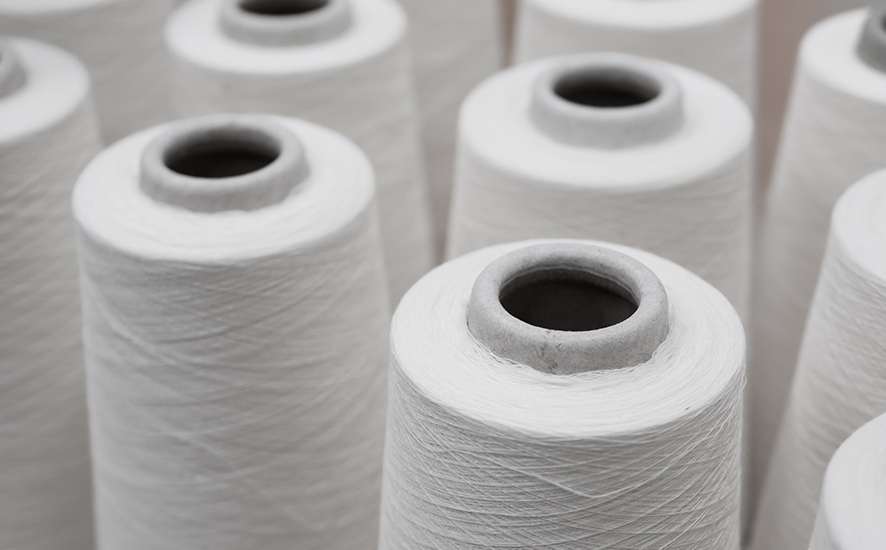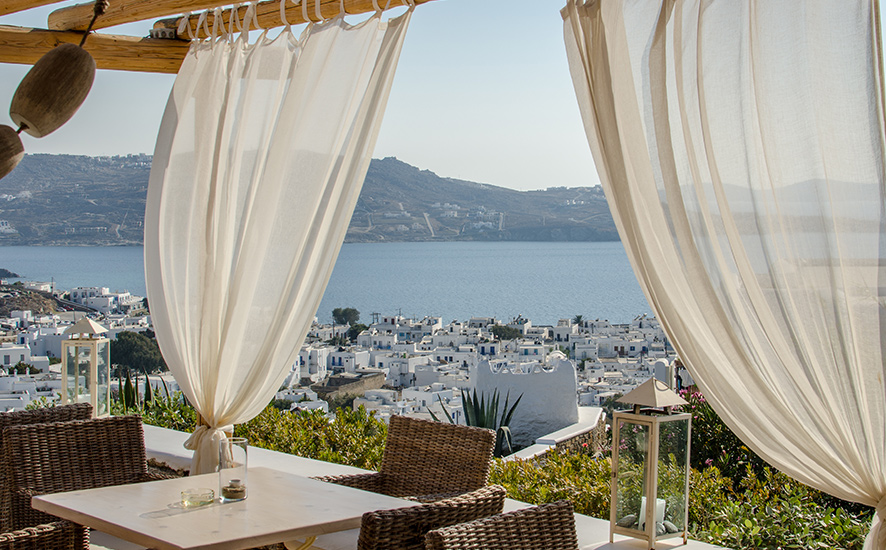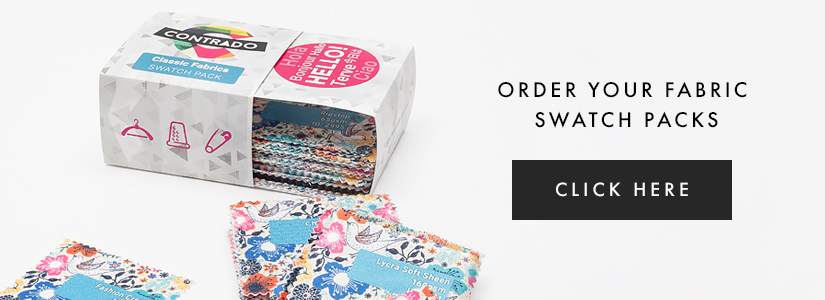A versatile fabric that is used in a variety of applications from curtains to bridal wear, you may end up wondering “what is voile?”. How can one textile be used for both a delicate, wear-once-and-never-again outfit and an everyday-in-almost-every-home piece of home decor? Well, don’t fret. We’re here to answer your voile-related-questions.
What is Voile?
This fabric is both soft and sheer. Often we make it from 100% cotton or from a blend of poly-cotton or cotton-linen. Voile is a woven fabric, made using a plain weave. Despite the natural origins, it is now made with a variety of fibres which are both natural and synthetic, however, cotton remains the most popular and common.

How is it made?
It is constructed with voile yarns which are high twist. These yarns are twisted more than they would be in normal yarns, but less so than they are for crepe yarns. Once twisted, we produce rounded singles yarns, which are made into two-fold yarns. To make this two-fold yarn, two singles yarns are plied together in the same twist direction, producing a hard, strong yarn which is then woven in an open-sett weave to create the fabric.
What is it used for?
Voile gets its name from the French term of well as this is where the fabric was originally used. Popular in dressmaking, it still tends to be used in a number of bridal applications, as well as in lingerie (due to the sheerness) nightwear, blouses and scarves.
In tropical climates, it is used as a mosquito or pest barrier, and we often use it for curtains as it gives a similar effect as net curtains. Voile is also used in millinery, which is making hats and headwear.

Advantages of Voile
- Lightweight
- Flexible
- Breathable
- Sheer
- Elegant
- Light drape
- Stiff – no stretch
Disadvantages of Voile
- Delicate
- Shrinks
- Wrinkles
- Tricky to sew
- Becomes uncomfortable when wet
Printing on Voile Fabric
Creating your own voile design is easy to do, and as long as you bear in mind a few simple design tips, you can create your own beautiful looking fabric.
Bear in mind the semi-transparent, sheer nature of this material when creating your design. Bolder, brighter colours tend to produce a better end result, although you will find these are somewhat muted with a desaturated effect. Intricate details are easily reproduced and there is around 50% show through to the reverse as well.



